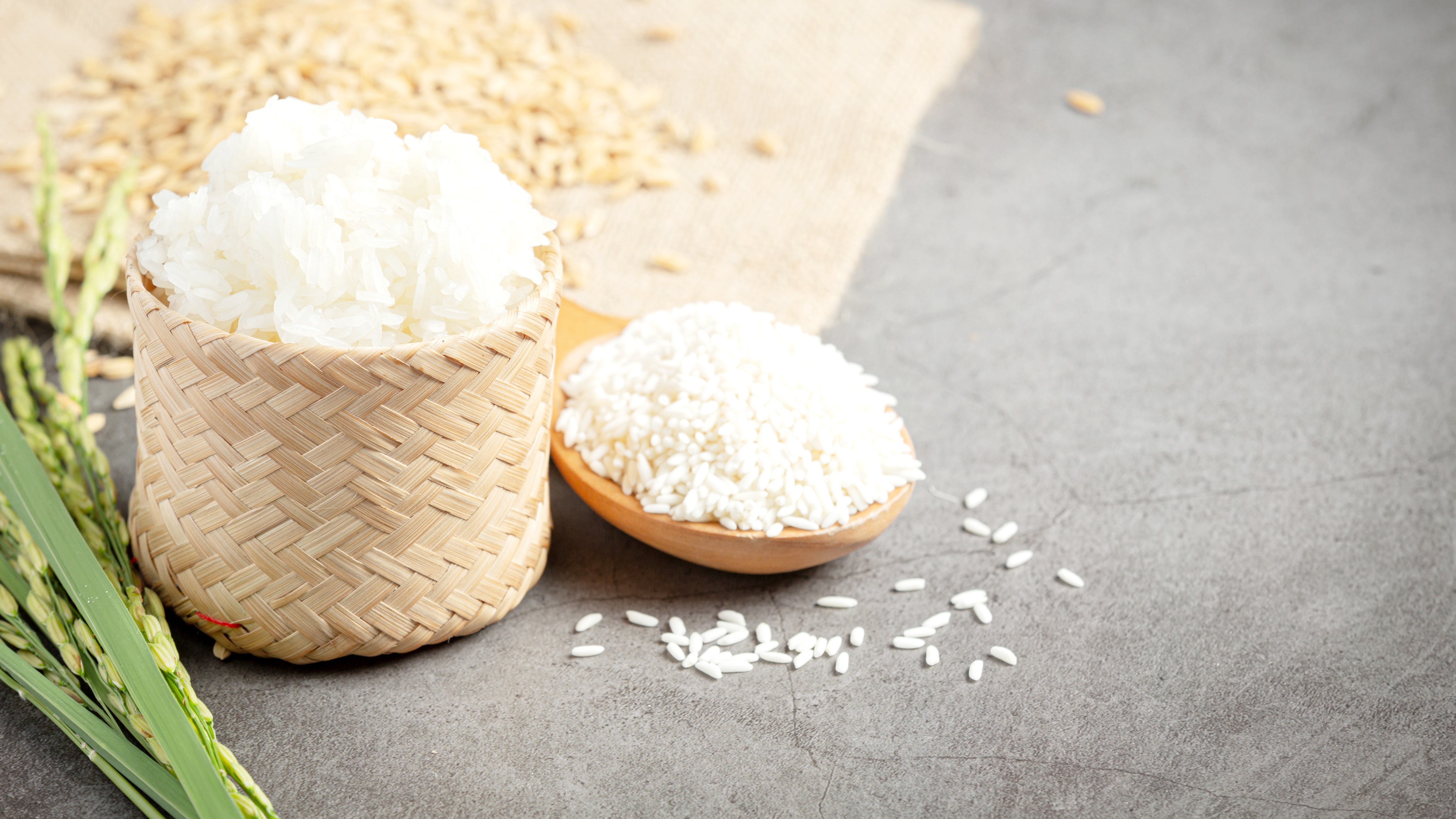At A Glance
- Typhoons often shut down the road, completely isolating the town. With our rice supply exhausted, I was forced to eat like a native.

Every time the Philippines grapples with a rice shortage or sudden increase in the price of our primary grain, economists and nutritionists find one possible solution: Reduce the Filipinos’ per capita consumption of rice. That is easier said than done. The average Filipino eats rice three times a day, for breakfast, lunch, and dinner. Between meals, the merienda dishes are based on—you guessed it—rice.
Only 80 percent of Filipinos depend on rice as their staple. In the Visayas and Mindanao, meals are more often built around root crops, such as gabi (taro), sweet potato (camote), and cassava (yuca). Grits (ground corn) and boiled green bananas are likewise eaten on a regular basis.
Lessons from typhoons
In mid-1960, several typhoons grounded travel to and from Anda, Bohol, where I was vacationing with an aunt and uncle, both government rural doctors. Anda then was at the end of a 100-kilometer rough road from Tagbilaran. Typhoons often shut down the road, completely isolating the town. With our rice supply exhausted, I was forced to eat like a native.
Lunch consisted of boiled unripe saba bananas and a bowl of ginamos (fermented salted fish) often made with anchovies. I said to myself I would fill up only with boiled bananas, but my hosts would not hear of it. To shut them up, I took a small bite of banana dipped in ginamos.
The combination of flavors and textures floored me. My tongue first tasted the fresh salinity of the homemade ginamos, which lacked the fishy bitter aftertaste of palengke-variety fish sauce. The saltiness was immediately balanced by the banana’s hint of sweetness and almost chewy texture which blended well with the ginamos.
To cap the meal, we each had a young coconut, meat, and juice. Since then, I’ve had rice-less meals in many farms and fishing villages, meals that can rival any five-star hotel’s menu.
An Imeldific feast
Underneath all the legendary glitter and glamor of former First Lady Imelda Marcos is a provinciana who grew up in the quiet town of Tolosa, Leyte. Like a true Waray, her favorite meal is grilled fish served with boiled gaw-ay, a purple gabi (taro). At Romualdez family gatherings, a mainstay that’s most popular is lechon paired with gaw-ay.
To eat like a true Waray, one holds a whole peeled boiled gaw-ay with one hand, and a piece of fish inihaw or lechon with the other hand. Then one takes bites from each hand alternately.
In Metro Manila, I have found gaw-ay at the Libertad public market in Pasay City, where root crops are sold by Waray vendors along with several other varieties of gabi (taro).
Mindanao mainstay
Dining tables in many parts of Mindanao are always set with plates of puto, steamed grated cassava called balinghoy or kamoteng kahoy in Tagalog.
At first glance, puto resembles rice grains. It feels lighter than ground corn or rice. When squeezed well before steaming, the grated cassava turns out almost fluffy. Leftover puto, when stir-fried without oil, is called shanglag.
Shanglag acquires a texture and toasty flavor preferred by many over freshly steamed puto. The process of stir-frying in an oil-less hot pan dries the steamed grated cassava into grain-like pieces almost resembling rice.
Corn for strength
During the term of President Ferdinand E. Marcos, there was also a serious rice shortage. One of the solutions was to convince Filipinos to cook ground dried corn like rice. A compromise was to cook a mixture of 50 percent rice and 50 percent corn.
When people complained of feeling weak without rice, the government campaign used popular sports figures in testimonials extolling their corn diet as the secret of their strength and stamina. I remember the late boxing champion Gabriel “Flash” Elorde's pro-corn promos, which convinced my grandfather to put the family on a corn-only diet for months.
Perhaps President Ferdinand Marcos Jr. can convince Senator Manny Pacquiao to launch a similar campaign?
No rice for breakfast
Another strategy to reduce rice consumption is to serve rice only twice a day, for lunch and dinner. Breakfast could be anything but rice—pandesal, pancakes, puto, bread, noodles, boiled kamote, boiled bananas, suman, or other Filipino kakanin.
If even half our population of 110 million give up rice for breakfast, our rice consumption could easily be reduced significantly, and our per capita consumption currently estimated at 133 to 170 kilos could be reduced significantly.
It is time to do something to help our country weather this perennial problem.